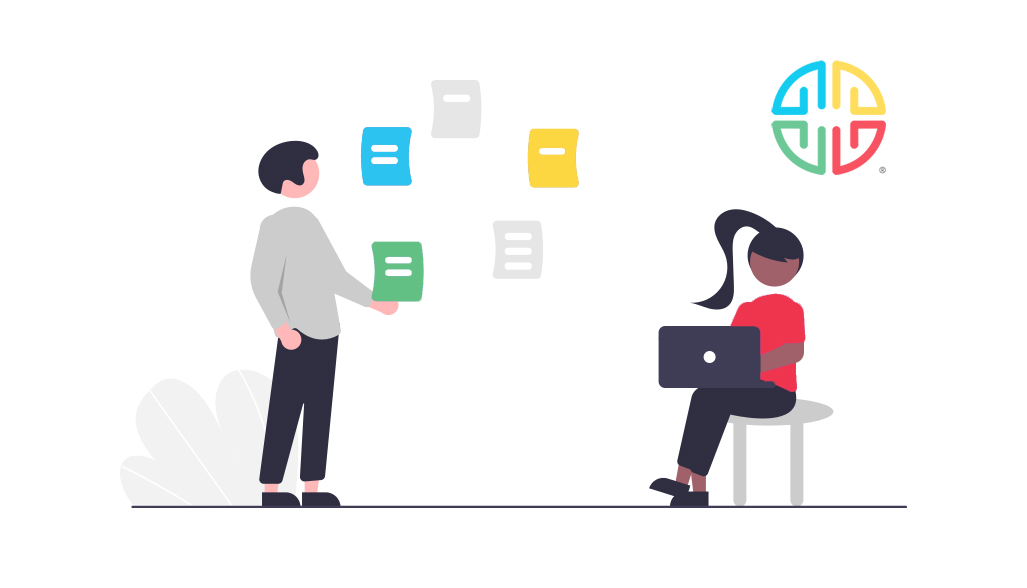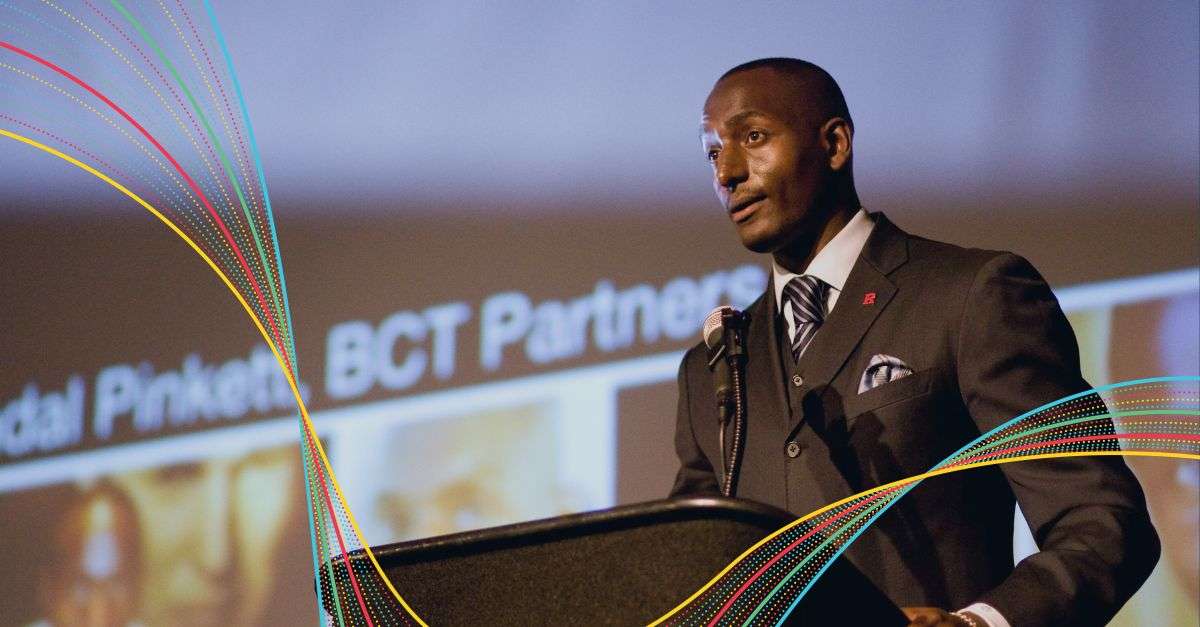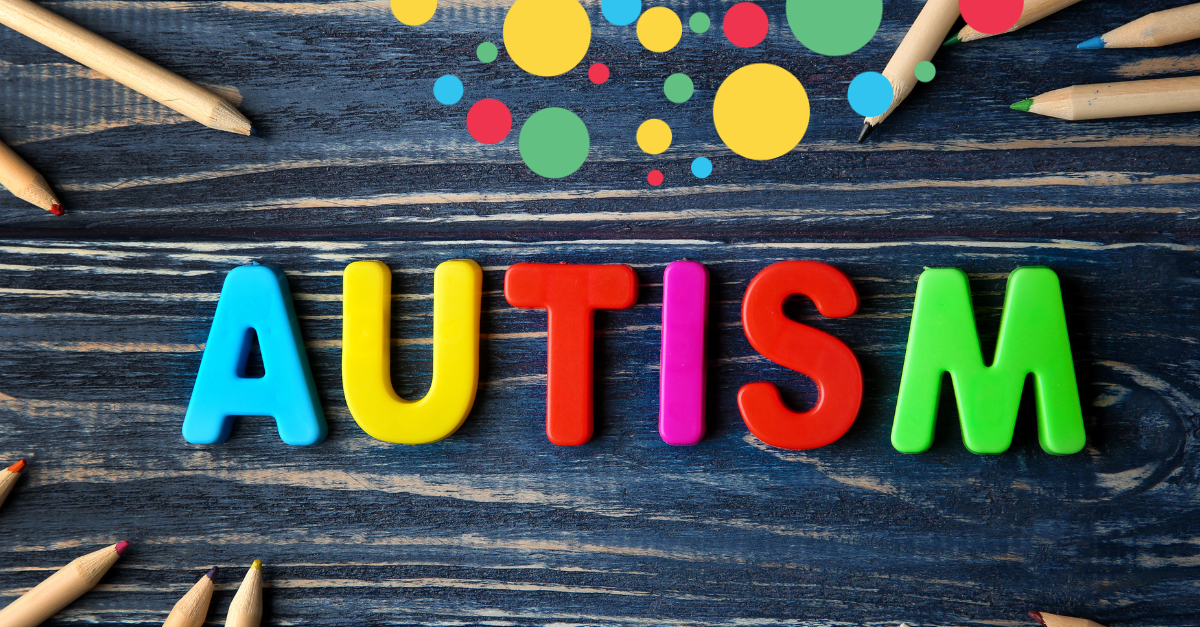When you’re talking about a people-driven function like Human Resources (it’s in the name, after all), Big Data might not be the first thing that comes to mind. But the HR function has actually moved at a faster pace than many others in integrating analytics and business intelligence into its practices.
A study by Oracle found that 98% of respondents agreed that they can use data to predict workforce needs, 94% use it to predict turnover, and 94% say it gives them insight into employees’ career goals.
However, one of the authors of that study cautions that this doesn’t mean everything’s “rosy in the world of HR analytics.”
He points out that the highest-ranking area that needs more development or improvement is “acting on data and analytics to solve issues.”
A Gartner study echoes this finding, revealing that only 21% of HR leaders believe their organizations are effective at using talent data to shape talent acquisition and recruiting strategies, improve employee engagement, and inform other business decisions.
On the plus side, the companies that are successfully weaving analytics about employees into their decision-making processes and workflows are able to drive talent outcomes by up to 23%.
Ultimately, the ROI of talent analytics comes down to both the input and the output: the accurateness and completeness of the data, as well as what you do with it.
Let’s take a closer look at what you can achieve with good talent analytics and how you can create and improve business intelligence reports that provide you with insights you can act on in tangible ways.
What are some of the benefits of talent analytics?
When set up and managed effectively, talent analytics and big data can help organizations improve the way they recruit, retain and allocate their human resources.
By appropriately interpreting and acting on the data, you can optimize your HR practices and get more value out of the decisions you make about talent and workforce planning.
Analytics also allow you to take bias out of the equation in some of the more traditionally subjective processes, like hiring.
Instead of going on gut instinct, which happens more than many might want to admit, a data-driven approach gives companies a more scientific framework to work with — one that leads to greater fairness, more diversity and better hires.
Sign up to our newsletter for the latest insights
One company was able to show that a 1-percent-point score improvement in engagement equals to an increase of 0.4% in business performance, measured in financial turnover.
Another used analytics to show a more than 400% return on the investment in training.
That’s HR talking the language of business.
What is the role of cognitive diversity in talent data analytics?
Cognitive diversity is a specific metric that offers HR professionals another way to get smarter about talent from a business perspective, particularly when it comes to decision-making in areas like internal mobility, job fit and project team assignments.
For example, we know from our own research on thinking preference data that different occupations have unique mental requirements; the more aligned the person is with the work, the more engaged and energized they’ll be, and ultimately, the more productive and successful they’ll be.
Likewise, teams behave in specific ways based on their thinking preference makeup.
If you need a quick decision and the stakes are pretty low, you don’t want a team with a lot of cognitive diversity in it — a more homogenous team is going to come to consensus faster.
On the other hand, if it’s a complex problem or you’re looking for truly innovative ideas and solutions, you need diversity of thought on the team, along with a skilled manager to help guide them through the friction that’s a natural byproduct of so much diversity.
Now you’re starting take talent analytics to the next step — beyond just collecting and analyzing data but actually putting it to work for you.
By embedding cognitive diversity data and analytics into your business intelligence processes, you can be more strategic about how you assign roles, implement coaching, evaluate performance and plan for the future.
You can also use cognitive diversity data to assemble teams that are only ideally suited to the task at hand but can also be reevaluated and re-optimized on the fly as team members or leaders change.
Using cognitive diversity data to drive business intelligence and talent outcomes
When it comes to analytics, it’s not just the data; it’s also what you do with it. Here are just three of the many ways you can use cognitive diversity data and analytics to capture more complete business intelligence and strategically apply it to achieve specific talent and business outcomes:
- Map jobs and thinking preferences: Understanding the thinking preferences of your people and the mental requirements of the work they do is critical for getting the right people in the right roles and increasing engagement, performance and retention. “Fit” really means a combination of alignment with existing skills, challenges and skill building for continued growth. With thinking preference data and analytics, you can align people with their work and provide targeted tools and coaching to significantly improve productivity.
- Create “Diverse-by-Design teams”: Consider the objectives of the project or team and what needs to be accomplished. With complex problems or projects that require creative thinking, aim for cognitive diversity and a skilled leader to help the team get the advantage of the full breadth of thinking available to it. Remember to continually reevaluate, especially if team members leave or are added.
- Optimize intact team performance: By using cognitive diversity insights and the Whole Brain Model as a framework, teams can explore where their strengths are and where their gaps are. Homogenous teams, in particular, need to continually do this work to make sure they’re not succumbing to “groupthink” or missing important factors when making decisions. By the same token, if one or two preferences dominate the group, the team needs to make sure the outliers have just as loud a voice.












